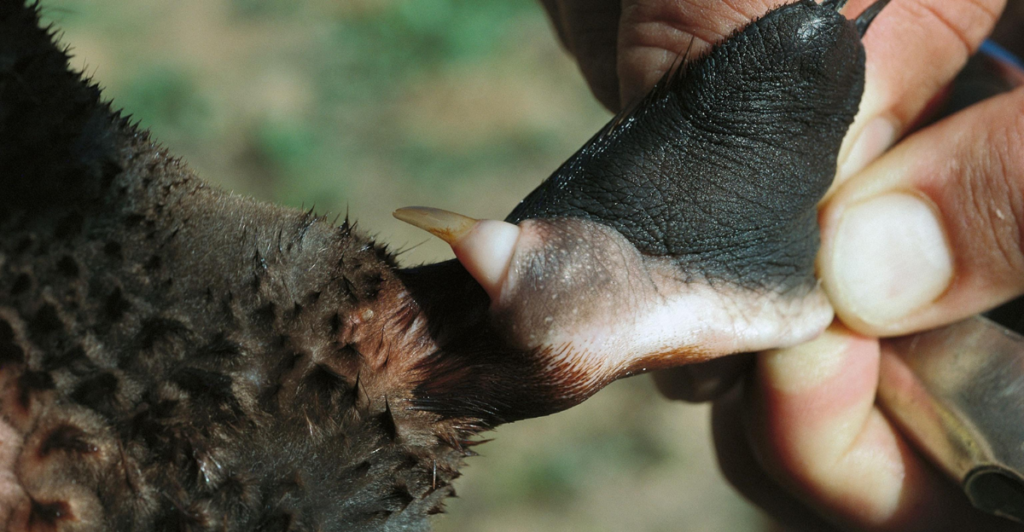
Animals often possess body parts that seem useless or bizarre at first glance, yet these features frequently serve an important functions or are remnants of evolutionary adaptations.
Understanding these body parts can provide a glimpse into the fascinating processes of evolution and adaptation. Vestigial structures such as the human appendix, long assumed to have no purpose, are now recognized to have a role in the immune system.
In this list, we’ll examine nine such body parts, each with a unique role and an evolutionary story. These characteristics help us understand the diversity and creativity of evolutionary adaptations.
1. The Ostrich’s Wings
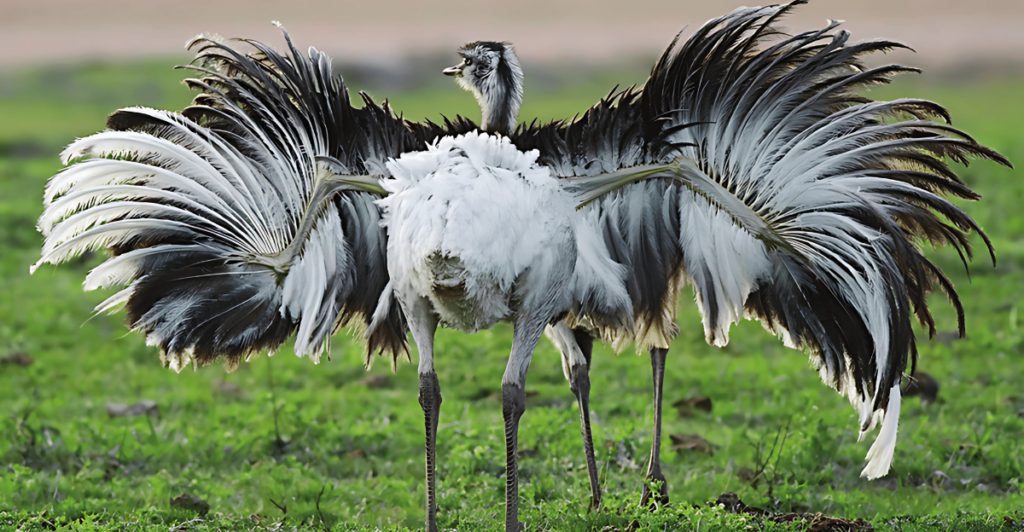
Ostriches are flightless, but they still have large wings that serve multiple purposes. They also use these wings to help balance themselves when running at rapid speeds reaching up to 45 miles per hour, and for thermoregulation to regulate body temperature in hot environments.
In addition, ostriches use their wings during courtship to attract mates. This adaptation is an example of how seemingly useless features can develop new roles over time.
The wings also act as steering and braking when running at higher speeds, making them critical for the ostrich’s survival. It simply shows that evolutionary processes are so efficient at repurposing existing structures for various uses that no trait is actually “useless.”
2. Whale Pelvic Bones
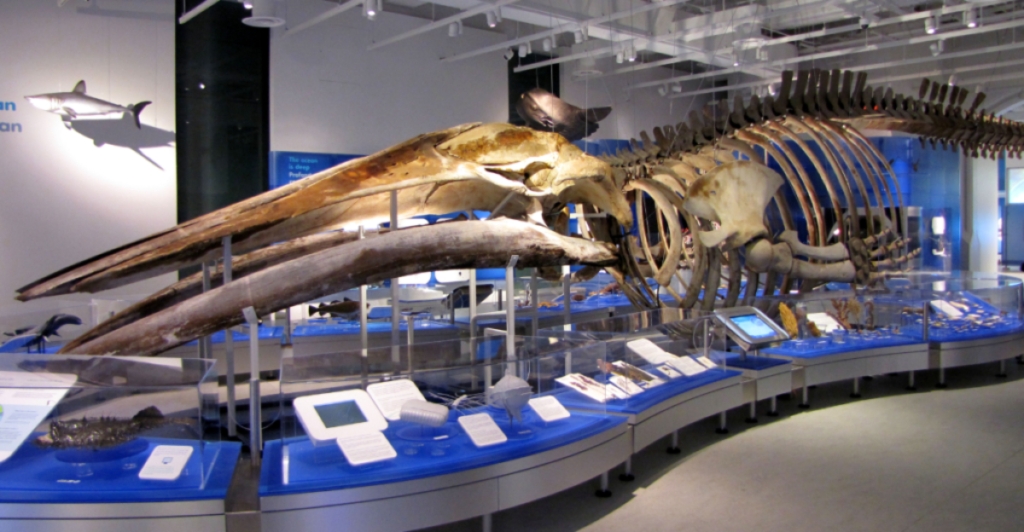
Whales possess Pelvic bones, remnants from their land-dwelling ancestors. These bones are not strictly vestigial; they serve as attachment points for muscles that move reproductive organs, highlighting how evolutionary leftovers can be repurposed for new functions.
This adaptation emphasizes the efficiency of evolutionary processes that harness existing structures for different purposes. The pelvic bones are essential for reproduction, providing support for the reproductive organs and aiding in the process of birthing. This shows that vestigial features can continue to serve vital roles in modern species, even if their original function has been lost.
3. The Human Appendix
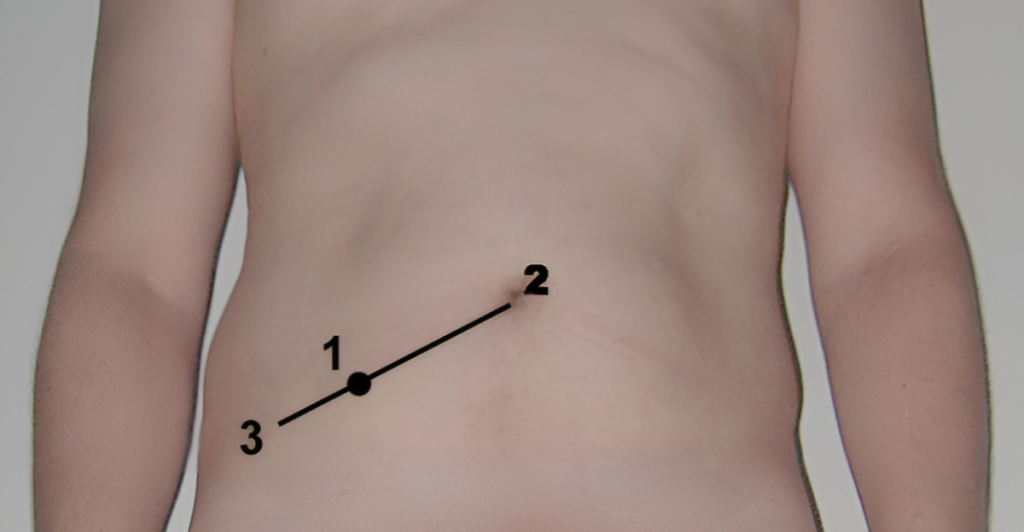
The human appendix is often considered a vestigial organ, meaning an anatomical structure that has lost its original purpose due to evolutionary change. Once considered completely useless, recent research discovered that it may play a role in gut health.
The appendix is thought to be home to good bacteria designed to repopulate the gut after an illness. Though it may help us break down some indigestible fibers, our appendix isn’t essential to life and is removed in the event of inflammation or infection. This small organ is a reminder of the ongoing effects of our evolutionary history and the complexities of human anatomy.
4. Kiwi’s Small Wings
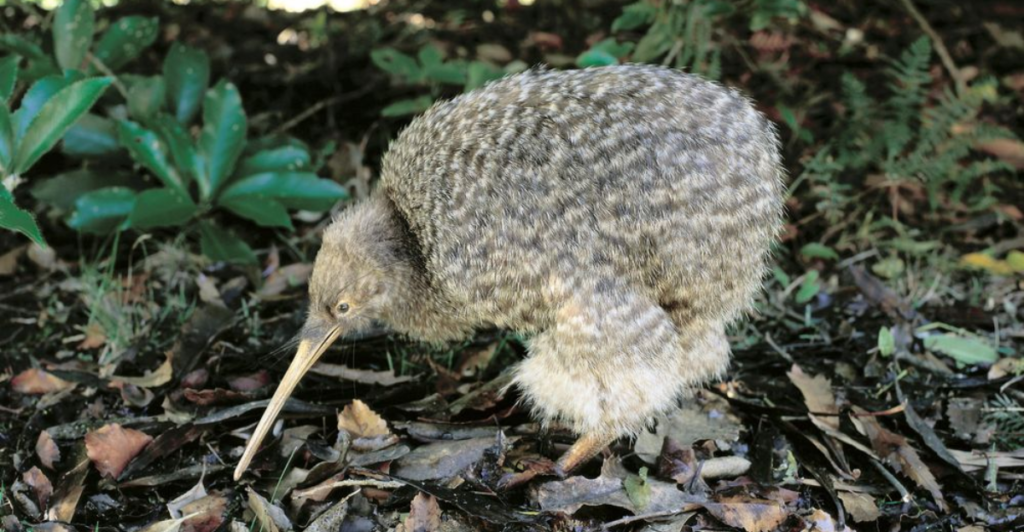
The kiwi bird, which is native to New Zealand, has little wings hidden beneath its feathers. These wings serve no apparent purpose in flight and are evidence of the bird’s evolutionary history. Since kiwis have to get around on stout, strong little legs for navigation, the loss of wings illustrates how evolution can work to maintain traits that no longer serve their original purpose.
The existence of these wings underscores the gradual nature of evolutionary changes, as new traits do not simply replace old ones but may exist alongside them as vestigial structures.
5. Python’s Vestigial Limbs

Pythons have tiny vestigial limbs called spurs near the base of their tails. These spurs are remnants of their legged ancestors, and male pythons use them during mating to stimulate females.
This example demonstrates how vestigial features can be repurposed, providing important information on snakes’ evolutionary history. The spurs provide insight into how evolutionary remnants can be adapted to take on new purposes, frequently linked to reproduction or sensory detection.
6. Star-Nosed Mole’s Tentacle-Like Appendages

The star-nosed mole has a star-shaped nose with 22 highly sensitive tentacle-like appendages. These appendages help the mole quickly detect its prey, a great example of how evolution can shape some of the most bizarre yet effective traits to enable them to survive.
In fact, the mole is now considered one of the fastest foragers in the animal kingdom, able to detect and eat its prey in under a quarter of a second. This unique adaptation shows the extraordinary diversity of sensory systems in animals.
7. Platypus Venom Spurs

Male platypuses possess venomous spurs on the backs of their hind legs, which they deploy in an attack, whether defending against an animal or fighting a rival male platypus. This unique feature highlights the diversity of evolutionary adaptations and demonstrates that seemingly strange traits can have important survival functions.
The venom is not lethal to humans but can cause significant pain and swelling, making it an effective warning to would-be predators. This adaptation highlights the unique features of specialized defense mechanisms that help animals survive in their environments.
8. Manatee Finger Nails

Manatees have fingernails on their flippers, vestiges of their land-dwelling ancestors. These nails also protect the flippers and assist in foraging for food by manipulating vegetation.
This example illustrates how evolutionary remnants can persist in modern species, even when they seem out of place in the current environments.
For example, Manatees use their flippers to anchor themselves while feeding, illustrating how vestigial features do not necessarily become obsolete and can still serve very important functions, especially in aquatic environments.
9. The Narwhal’s Tusk
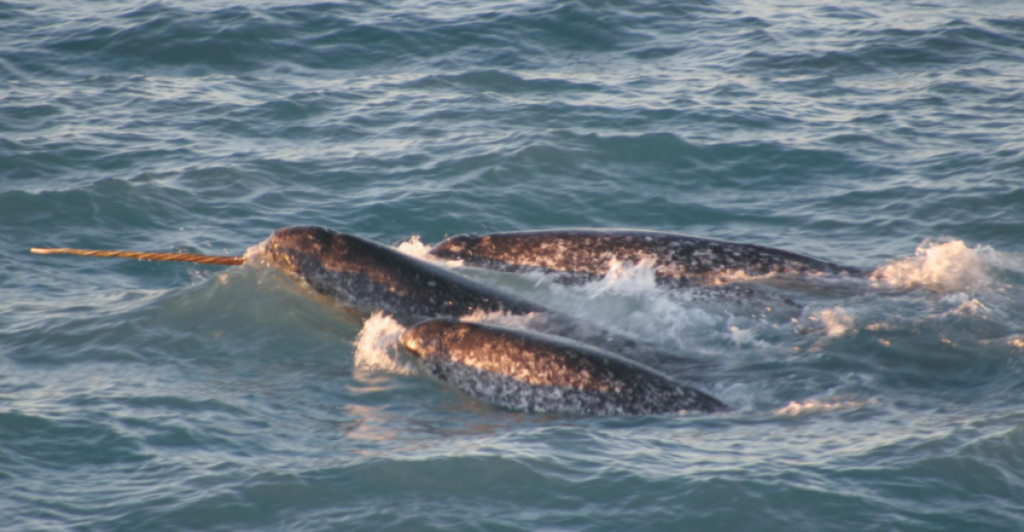
The narwhal’s tusk, an elongated tooth, serves multiple purposes, from mating rituals to sensing environmental change. Recent studies suggest it is highly sensitive to variations in water temperature and pressure variations.
This tusk is a captivating example of how evolution can produce extraordinary adaptations that are both functional and aesthetically striking. The narwhal’s tusk has been the subject of myth and legend, often referred to as the “unicorn of the sea,” highlighting its unique and intriguing nature.
Explore more of our trending stories and hit Follow to keep them coming to your feed!

Don’t miss out on more stories like this! Hit the Follow button at the top of this article to stay updated with the latest news. Share your thoughts in the comments—we’d love to hear from you!







